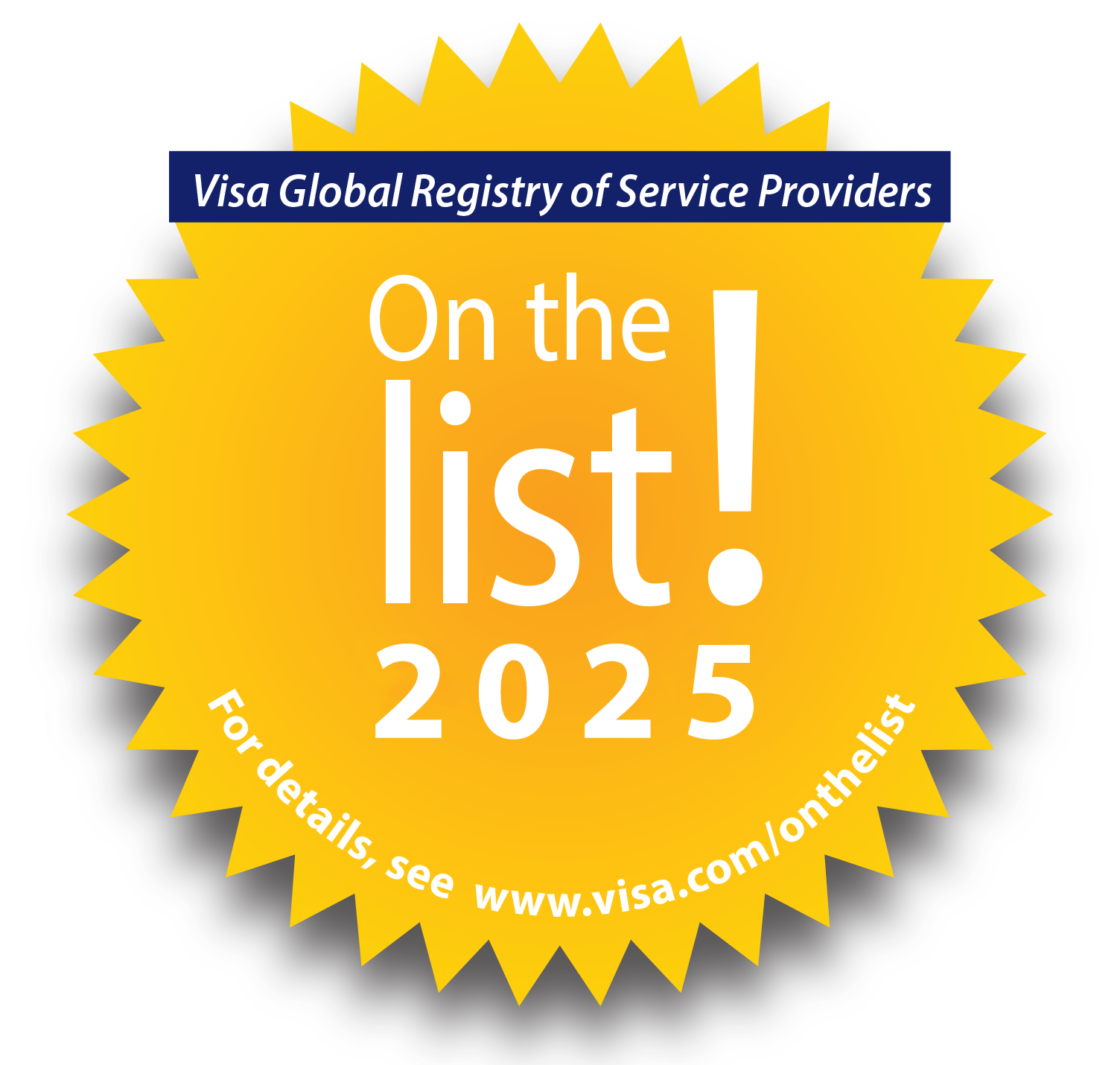Mitigating the Risk of Check Fraud: Best Practices for Accounts Payable Professionals

Despite the growth of electronic payment methods, many organizations continue to pay suppliers with paper checks. Familiarity, ease of use, perceived control, and supplier preferences are some of the reasons for the staying power of paper checks. But it’s important to acknowledge that paper checks also are the payment method most vulnerable to fraud. Accounts payable (AP)The amount a company owes to suppliers for goods and services received but not yet paid. departments can take several steps to mitigate the risk of falling victim to check fraud. In this article, we will explore the vulnerabilities associated with paying suppliers with paper checks, common check fraud schemes, best practices for mitigating the risk of fraud, and how electronic payments reduce fraud.
Vulnerabilities with paper checks
Paying suppliers with paper checks exposes organizations to several vulnerabilities.
- Physical theft. Checks can be stolen from mailboxes, delivery trucks, or an office.
- Fraudsters can alter the check’s payee or amount or create counterfeit checks using stolen bank account details.
- Duplicate checks. Copies of legitimate checks can be used fraudulently to withdraw additional funds.
- Delayed reconciliationThe process of matching financial records—such as payments and invoices—to ensure accuracy in accounting and reporting.. Paper checks often take longer to reconcile, leaving more time for fraudulent activities to go undetected.
It’s no wonder that paper checks are the method of payment most vulnerable to fraud.
How check fraud schemes work
Understanding the mechanisms behind check fraud schemes is crucial for AP staff to effectively identify and mitigate potential threats. Here are some common check fraud techniques:
- Check washingA type of check fraud where criminals use chemicals to erase details from a check, allowing them to rewrite the check fraudulently.. Check washingA type of check fraud where criminals use chemicals to erase details from a check, allowing them to rewrite the check fraudulently. is a scan where criminals use chemicals to erase ink from legitimate checks. This process allows them to alter details, such as the payee’s name and the amount, without leaving visible traces of tampering. Once the ink has been removed, bad actors can rewrite the check with their own information. This method of fraud is insidious because it can be difficult to detect without thorough scrutiny and preventative measures.
- Altered checks. Altered checks involve modifying the details on a legitimate check after it has been issued. Fraudsters may change the payee’s name, the amount, or other information to divert funds to their own benefit. This alteration can be carried out using various methods, including adding or erasing information. Detecting altered checks requires careful inspection and verification against original check records to ensure that no changes have been made.
- In these schemes, fraudsters may steal checks from mailboxes or postal carriers, then alter them or deposit them into unauthorized accounts. This scan can be challenging to detect, as the checks may be intercepted before the intended recipient even becomes aware of their loss. Preventing interception fraud involves securing check delivery processes and monitoring for any suspicious activity related to check handling.
- Counterfeit checks. Fraudsters often use advanced printing techniques to create counterfeit checks that look like genuine ones. These fake checks can easily deceive both individuals and financial institutions due to their high-quality appearance. Counterfeit checks are often used to scam victims by convincing them to deposit or cash these fraudulent instruments, leading to financial losses and complications when the checks bounce or are flagged as fake.
Being aware of these common check fraud schemes is essential for safeguarding financial operations and preventing potential financial losses. Each scheme presents unique challenges that require targeted strategies and vigilance. Understanding how these schemes work and staying informed about emerging fraud tactics will help in creating a comprehensive defense against check fraud.
The role of AP in mitigating check fraud risk
AP departments play a critical role in mitigating payment fraud risk.
- Verification processes. Ensuring that all checks are verified for accuracy before issuance.
- Segregation of duties. Separating responsibilities to reduce the risk of fraud.
- Implementing systems and software designed to identify suspicious activities.
By implementing verification processes, maintaining strong segregation of duties, and utilizing advanced fraud detection systems, AP departments can create a robust defense against fraud. Against this backdrop, there are a series of best practices that AP can adopt to mitigate check fraud risk.
Best practices for mitigating check fraud risk
Here are some best practices for detecting and protecting against check fraud.
- Positive payA fraud prevention system where businesses send check issuance details to their bank, which then verifies checks presented for payment.. Positive PayA fraud prevention system where businesses send check issuance details to their bank, which then verifies checks presented for payment. is a critical service for mitigating check fraud risk. Positive payA fraud prevention system where businesses send check issuance details to their bank, which then verifies checks presented for payment. involves matching each check’s number, dollar amount, and payee name against a list of issued checks that the organization provides to their financial institution or Fintech. By cross-referencing these details, the financial institution or Fintech can identify and prevent fraudulent checks that do not match the records, reducing the risk of unauthorized payments. Some Fintechs provide positive payA fraud prevention system where businesses send check issuance details to their bank, which then verifies checks presented for payment. services as part of their check processing services.
- Real-time reconciliationThe process of matching financial records—such as payments and invoices—to ensure accuracy in accounting and reporting.. Regularly reconciling payments with bank statements is essential for detecting discrepancies and unauthorized transactions. By frequently comparing the organization’s records with bank statements, AP professionals can quickly identify any anomalies or suspicious activities. While timely reconciliationThe process of matching financial records—such as payments and invoices—to ensure accuracy in accounting and reporting. doesn’t prevent fraud, it ensures that discrepancies are addressed promptly, minimizing the potential impact of fraud.
- Secure check storage. Protecting check stock from theft and unauthorized access is crucial. Check stock should be stored in a secure, locked location with restricted access limited to authorized personnel only. Implementing physical security measures, such as safes or locked cabinets, helps prevent unauthorized access and reduces the risk of check tampering or theft.
- Utilize specialized check fraud detection software to identify and alert for potentially fraudulent activities. The software analyzes check patterns, verifies authenticity, and flags unusual transactions. By leveraging technology to monitor and detect potential fraud, organizations can enhance their ability to prevent fraudulent check transactions.
- Training staff to recognize and report suspicious activities is a proactive approach to combating check fraud. Regular training sessions should cover fraud schemes, warning signs, and reporting procedures. An informed and vigilant workforce is a crucial line of defense against fraudulent activities, as staff are often the first to notice irregularities.
- Audit trails. Maintaining detailed records of all checks and conducting regular audits is essential for check fraud prevention. Some invoice-to-pay solutions automatically log check payments. Detailed audit trails provide a comprehensive overview of check issuance and processing activities. Regularly reviewing these records helps detect inconsistencies and potential fraud, ensuring that any issues are identified and addressed in a timely manner.
These best practices can significantly reduce the risk of check fraud.
How electronic payment methods mitigate risk
While the best practices detailed above can help organizations enhance security, the most effective way to mitigate the risks associated with paper checks is to pay suppliers electronically.
Here are some of the ways that electronic payment methods mitigate fraud risk.
- Built-in controls. Electronic payments are safeguarded by sophisticated data encryption techniques and stringent security protocols, such as user access permissions, segregation of duties, systematic workflows, and complete audit logging. These measures ensure that payment data is securely transmitted and stored, making it significantly more challenging for fraudsters to intercept or alter transactions. These controls also help prevent unauthorized access and data breaches, providing a secure environment for financial transactions.
- Virtual cardA single-use or vendor-specific digital payment card used in B2B payments to improve control, visibility, and rebate potential. W payments. Virtual cards are the most secure method of payment. They significantly reduce the risk of payment fraud through several advanced security measures. Virtual cards generate unique, single-use card numbers for each transaction, making it nearly impossible for fraudsters to reuse stolen card information. Virtual cards are typically issued with predefined spending limits and expiration dates, which further minimize the potential for unauthorized use. Additionally, virtual cards offer enhanced tracking and reporting capabilities, allowing organizations to monitor transactions in real-time and quickly identify any suspicious activity. By eliminating the need for physical card information, virtual cards also reduce the risk of card theft and skimming, providing a more secure payment solution for organizations. And all the data that travels with a virtual cardA single-use or vendor-specific digital payment card used in B2B payments to improve control, visibility, and rebate potential. W transaction is encrypted.
- Real-time monitoring. One of the major advantages of electronic payments is the ability to monitor transactions in real-time. This capability allows organizations to instantly detect and respond to any suspicious activities. By implementing alerts and advanced analytics, potential payment fraud can be identified and addressed fast, reducing financial losses.
- Reduced physical handling. Traditional payment methods, such as physical checks, involve multiple touchpoints and handling, increasing the risk of theft, loss, or forgery. Transitioning to electronic payment methods such as virtual cards eliminate these vulnerabilities by removing the need for physical handling. Digital transactions are processed electronically, minimizing the opportunities for fraudsters to tamper with or steal payment instruments.
- Automated reconciliationThe process of matching financial records—such as payments and invoices—to ensure accuracy in accounting and reporting.. Leading invoice-to-pay platforms come with automated reconciliationThe process of matching financial records—such as payments and invoices—to ensure accuracy in accounting and reporting. features that streamline the process of matching payments with supplier invoices. This automation reduces the time and effort required to identify and resolve discrepancies, decreasing the chances of errors and fraudulent activities. By ensuring that transactions are accurately recorded and reconciled, organizations can maintain better control over their financial processes and reduce the risk of falling victim to payment fraud.
Overall, electronic payment methods such as virtual cards provide a more secure and efficient way to manage payments to suppliers, significantly mitigating the risks associated with check fraud.
Conclusion
Paying suppliers with paper checks is risky. By understanding the vulnerabilities and common fraud schemes associated with check payments, implementing robust fraud prevention measures, and paying suppliers electronically, AP departments can reduce the risk of falling victim to check fraud.

Ready to elevate your B2B payments?
Whether you are automating for the first time, ready to refresh your existing technology, or looking for ways to complete the ‘last mile’ of automation, Edenred Pay can help. Let’s chat about your needs.






